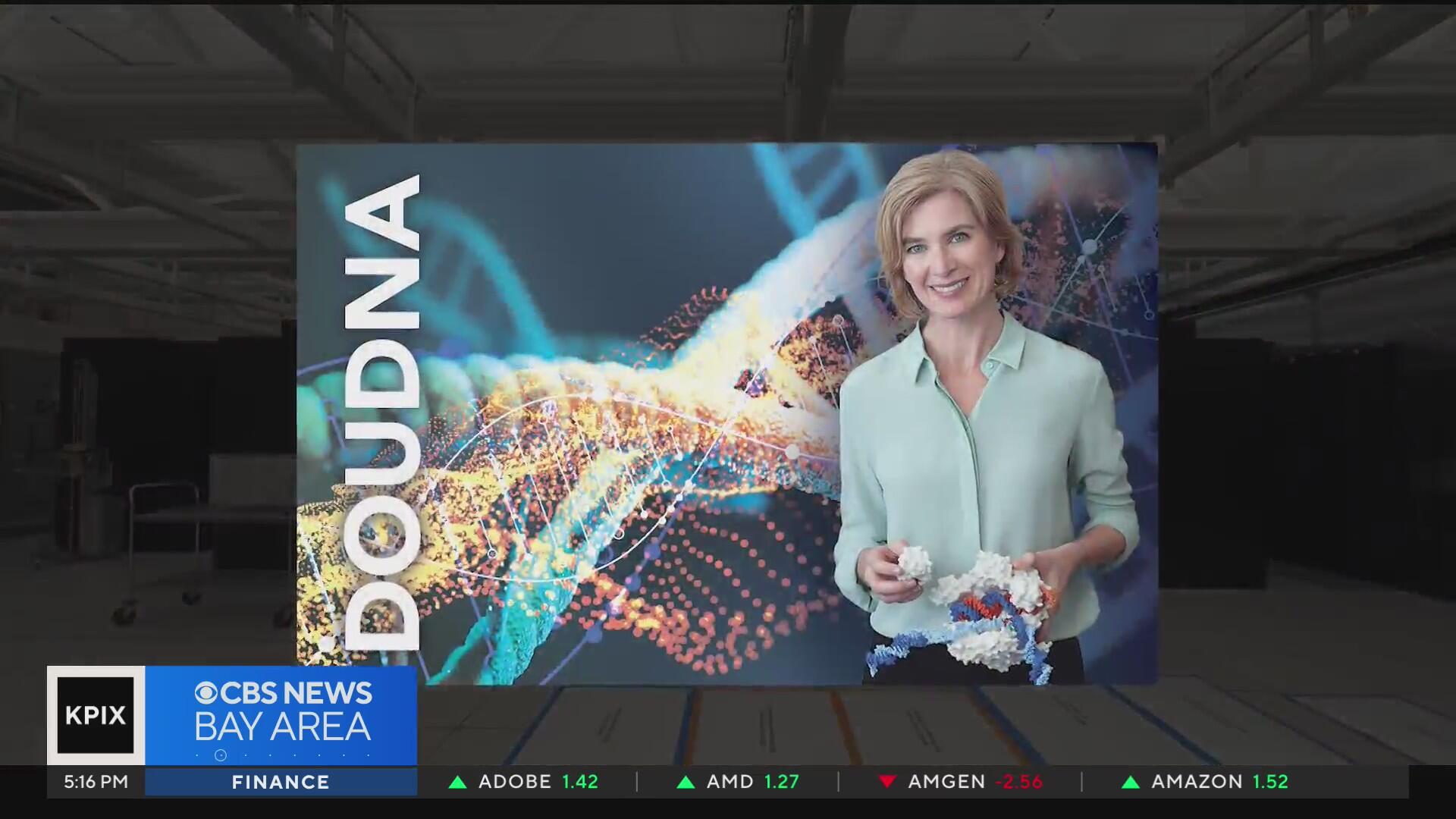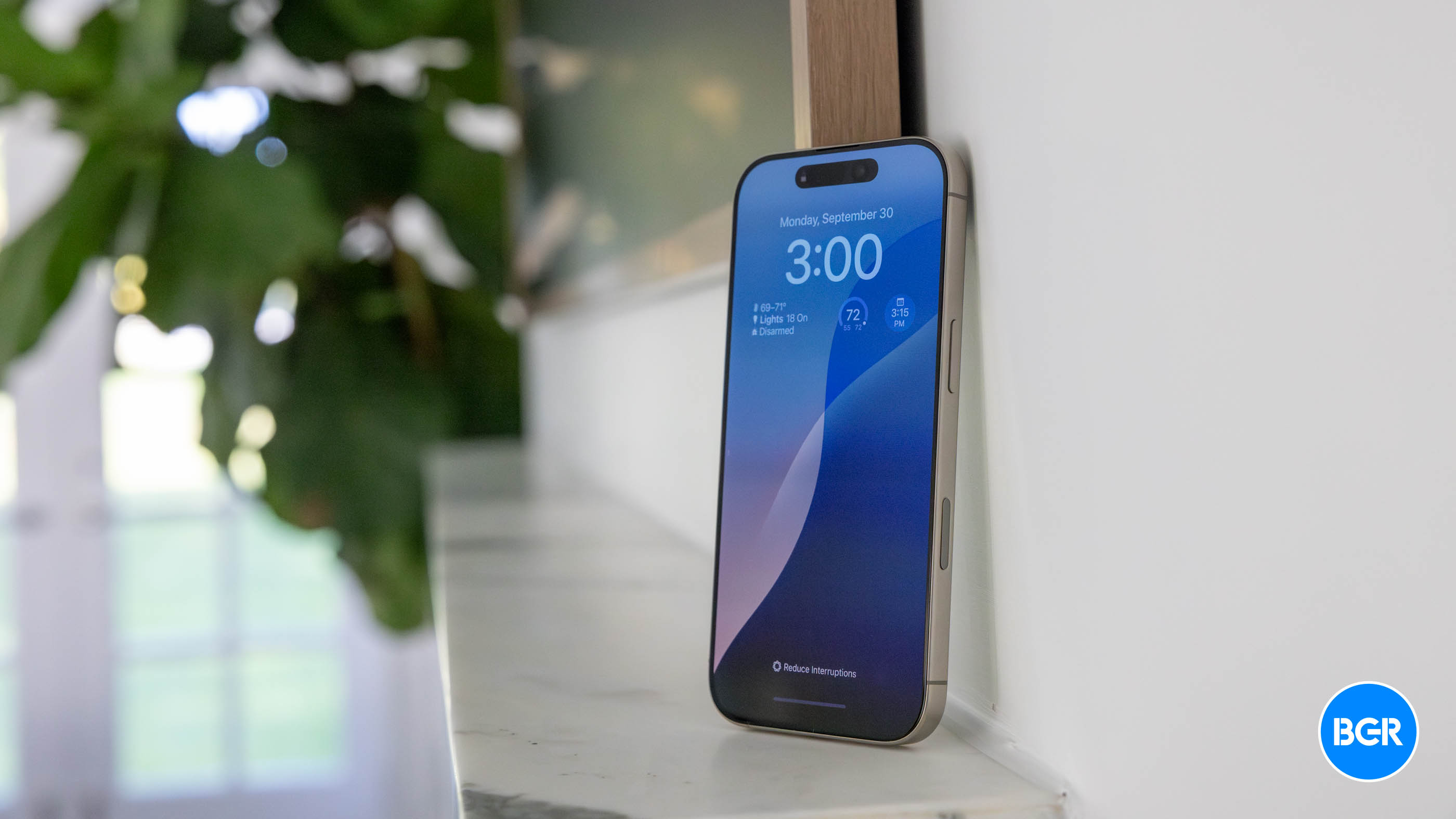Lawrence Berkeley National Lab, Nvidia, DOE partner to build ultra-fast super computer

A new supercomputer meant to power artificial intelligence will soon be built for the Lawrence Berkeley National Laboratory in partnership with the Department of Energy, Dell Technologies and Nvidia.
"We're going to take a giant step up in several areas in high performance computing for scientific computing. But also, artificial intelligence as well as quantum classical computing," said Nvidia CEO Jensen Huang.
Huang was joined by U.S. Energy Secretary Chris Wright who made the announcement last week at the Berkeley Lab.
"It's going to lead to tremendous advancement in science, and it's also going to play a role in national defense," said Wright. "And that is what makes it so critical that the United States lead in artificial intelligence."
The new computer will be called Doudna, named after UC Berkeley professor Jennifer Doudna, who was awarded the Nobel Prize in 2020 for her work in gene editing technology CRISPR.
"I can't wait to see what Doudna is going to calculate," she said. "For me, it really signifies the coming together of computing and biology. This is the future. This is how the next breakthroughs are going to be made."
The Doudna computer will be built by next year and will go online and become available to scientists in 2027.
Currently, the Berkeley Lab is home to the Perlmutter supercomputer, which is the 19th fastest computer in the world, and part of the National Energy Research Supercomputing Center, known as NERSC, which connects 11,000 scientists worldwide.
"So, NERSC is available for anyone who is researching a scientific problem that is related to the Department of Energy's mission," said Jonathan Carter, Associate Lab Director for Computing Sciences at Lawrence Berkeley National Laboratory.
Those missions include creating nuclear fusion simulations, biological research, climate projections, and even mapping the universe.
"So, imagine you have a really souped-up laptop or a gaming PC, and imagine you could put 10,000 of them together tightly, so that any one program that you are running could execute on all those 10,000 CPUs at the same time," explained Carter.
Once the Doudna supercomputer is built, it is expected to be at least 10 times faster than the Perlmutter computer.
Currently, the world's fastest computer is El Capitan, which is housed also in the Bay Area at the Lawrence Livermore National Laboratory.
I was born in Oakland, grew up in the East Bay and went to college in San Francisco where I graduated with a degree in Broadcasting at San Francisco State University (Go Gators!).









 English (US) ·
English (US) ·